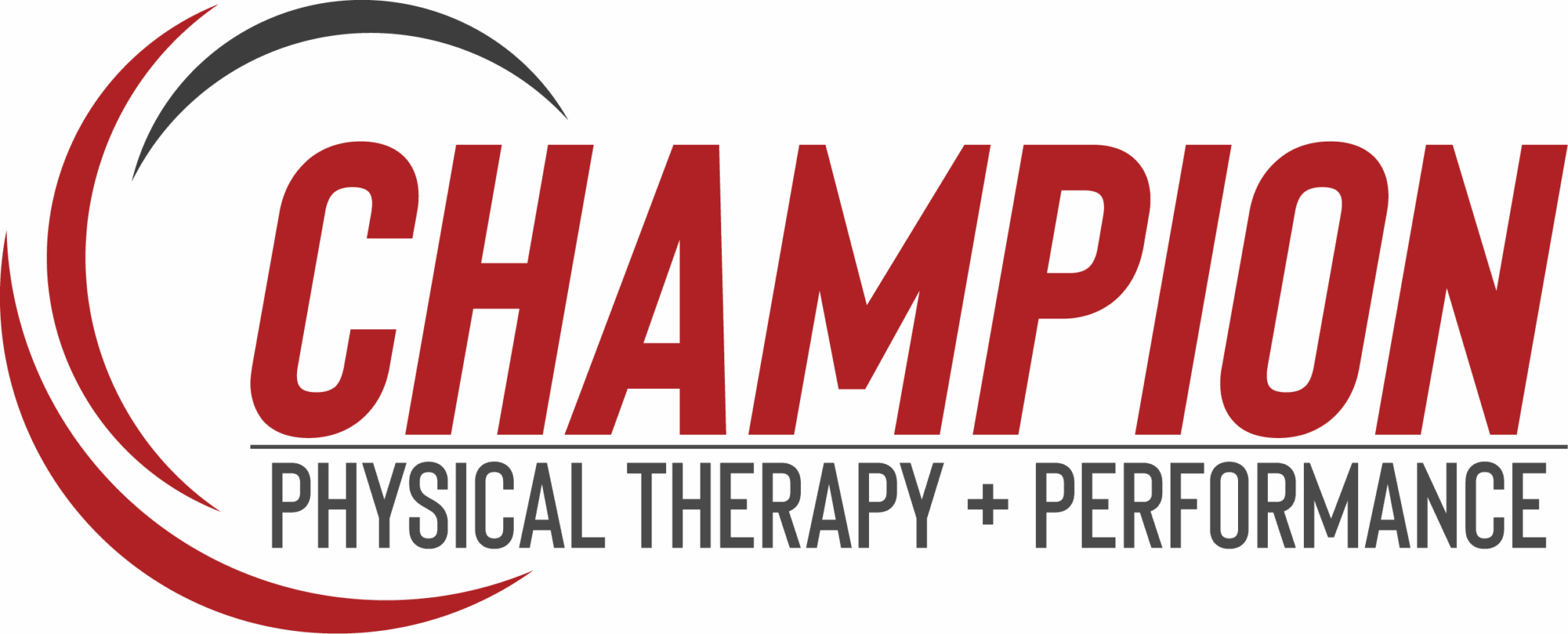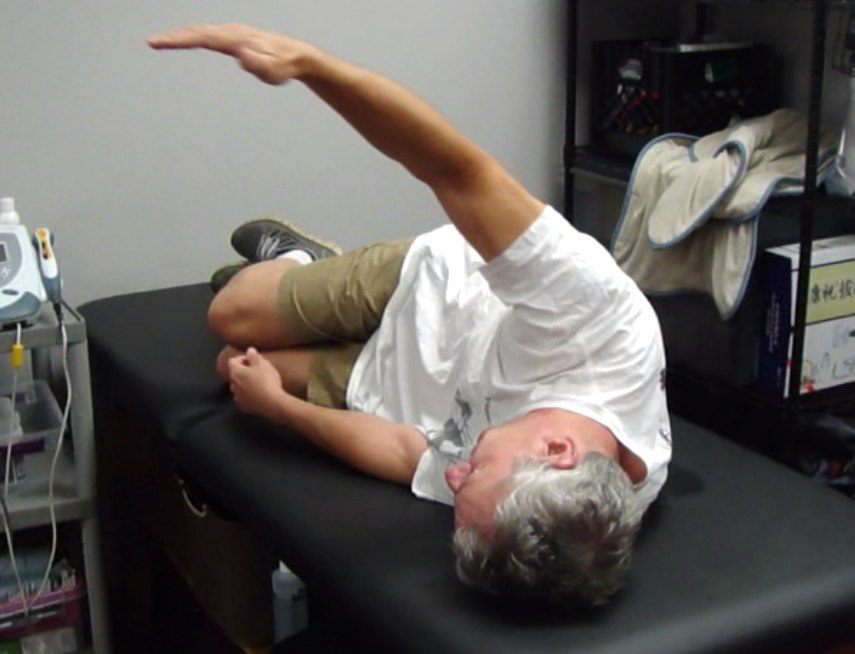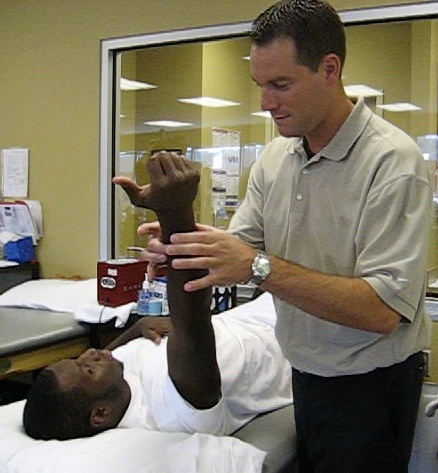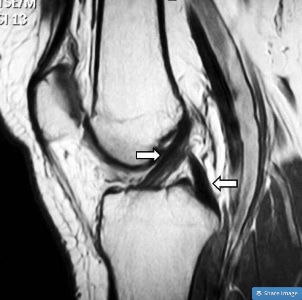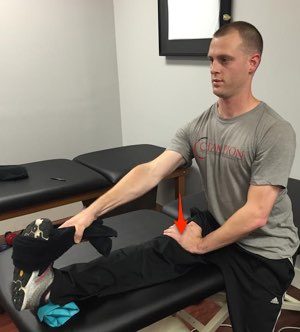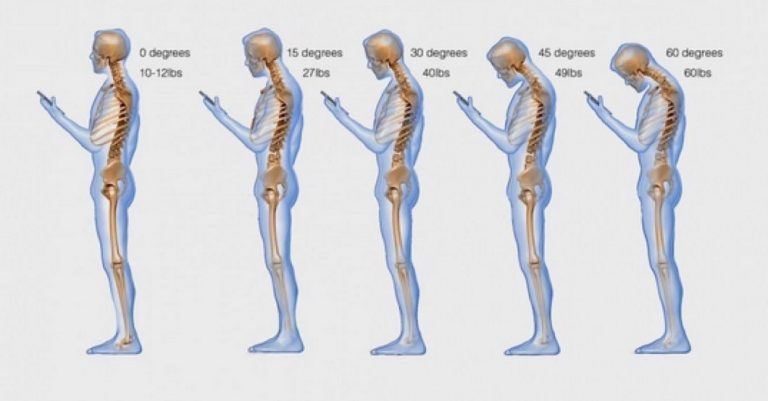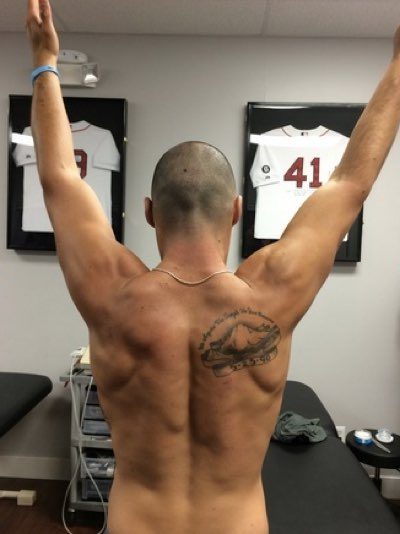3 Keys to Rotator Cuff Rehabilitation
Some of the more common shoulder injuries we see at Champion Physical Therapy and Performance in Boston are rotator cuff tears. Luckily, we’ve discussed in the past that 74% of people with rotator cuff tears are able to avoid surgery by performing physical therapy. Despite the optimistic outcomes, people with rotator cuff injuries often have pain with activities and loss of function. So, what do we do with patients that have opted to begin physical therapy for a diagnosed rotator cuff tear?
To better understand, let’s first break down exactly why a rotator cuff tear causes problems.
Normal Function of the Rotator Cuff
The shoulder needs a combination of static and dynamic stability to functional well.
Static stability is accomplished via the joint, capsule, and labrum. These systems are typically intact in the presence of rotator cuff injuries, however joint arthritis or a chronic labral tear may cause further complications.
Dynamic stability is achieved through the interactions of the muscles of the shoulder and their precise neuromuscular control. This is essentially the interaction of the force couples of the rotator cuff and the shoulder musculature working together to produce movement of the arm.
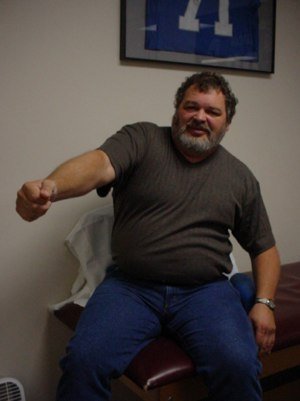
Patients that present with a “shrug” have lost the ability to effectively activate the rotator cuff to center the humeral head within the glenoid. The powerful deltoids overpower the ability of the rotator cuff to keep the ball centered in the socket This can cause even more impingement-type problems and worsening of the rotator cuff tear. It is imperative that people with rotator cuff tears perform physical therapy to improve this movement if they are trying to prevent rotator cuff repair surgery.
3 Keys to Rotator Cuff Rehabilitation
In my practice, I have had great success focusing on three things with rotator cuff rehabilitation, restore range of motion as close to normal as possible, improve muscle function, and putting the person in a position to succeed which is often the most critical.
Restore Range of Motion
One of the biggest complaints that people have with rotator cuff tears, in addition to pain, is loss of motion. Losing the ability to move comfortably during your daily tasks is often what finally makes people want to address their situation.
In the rehab process, we initially focus on this mobility. People often either avoid the range of motion that causes which results in tightness over time. Stretching and mobility drills are initiated to promote healing, restore motion, and aid in decreasing the person’s pain.
Improve Muscle Function
While we are focusing on improving mobility, we also focus on improving muscle function. Once adequate strength begins to return, motion normalizes as well. In addition to focusing in rotator cuff strength, it is critical to focus on improving proprioception, dynamic stability, neuromuscular control, and scapular muscle strengthening.
A common basic technique I use to accomplish this is called rhythmic stabilization drills. These rhythmic stabilization drills use alternating isometric contractions of the rotator cuff to prevent movement and enhance stability. This is used to help enhance rotator cuff function and facilitate a muscular co-contraction of the dynamic stabilizer. I find this is a critical component to a successful rehabilitation program. You can see a demonstration of this in the below video.
[av_video src=’https://www.youtube.com/watch?v=woaO8Z7H5pA&feature=youtu.be’ format=’4-3′ width=’16’ height=’9′ av_uid=’av-2k245x’]
Put in a Position to Succeed
Finally, as a physical therapist, I believe it’s critical that I put the people with a rotator cuff tear in a position to succeed. Fighting through a shrug sign or other poor movement strategies only further propagates a poor pattern.
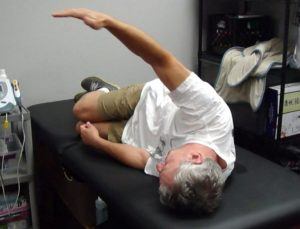
Another trick we often use during this exercise is to utilizing electrical stimulation on the rotator cuff may help enhance the amount of rotator cuff activity during the exercise. We have performed research showing that electrical stimulation increases the amount of rotator cuff force production. This is great for people that are really weak and need additional help.
Physical therapy is often times successful for avoiding surgery in people with rotator cuff tears. A properly designed program that takes into consideration the normal function of the shoulder joint and these three keys to rotator cuff rehabilitation should help put you in the best position to succeed.
